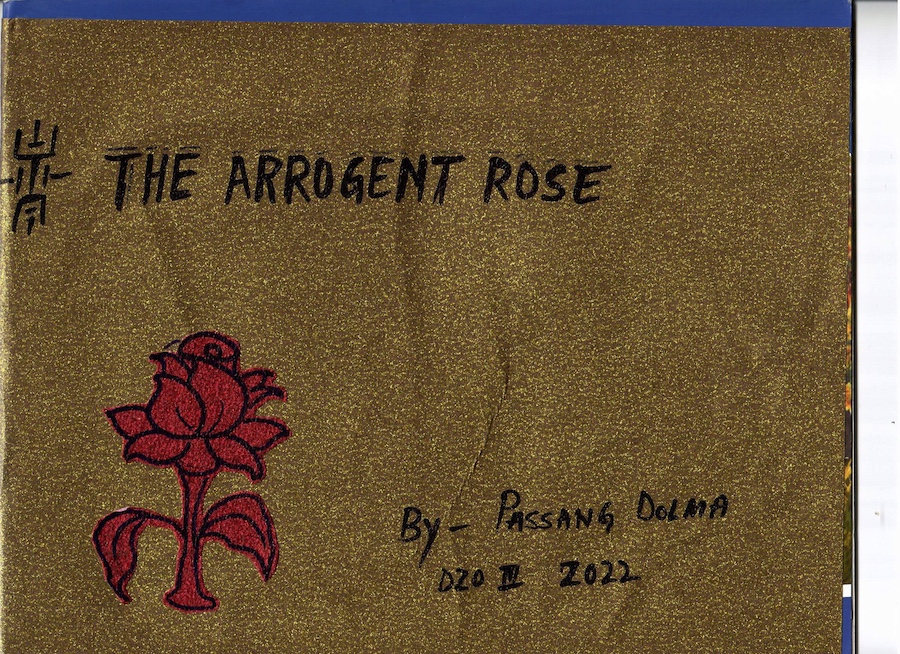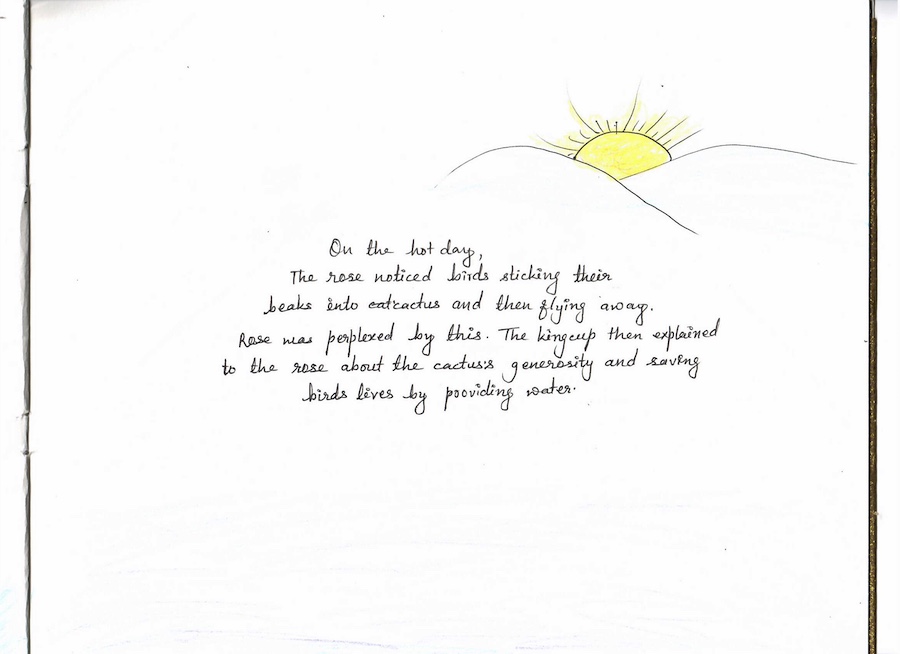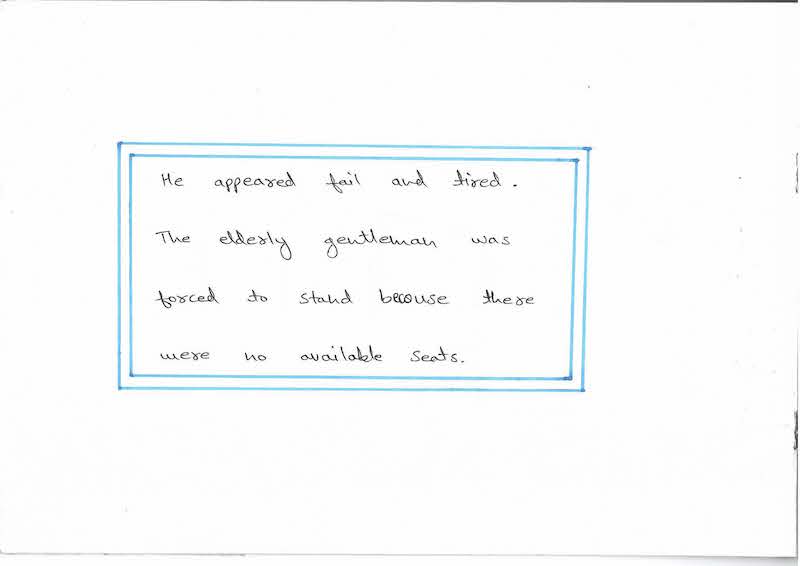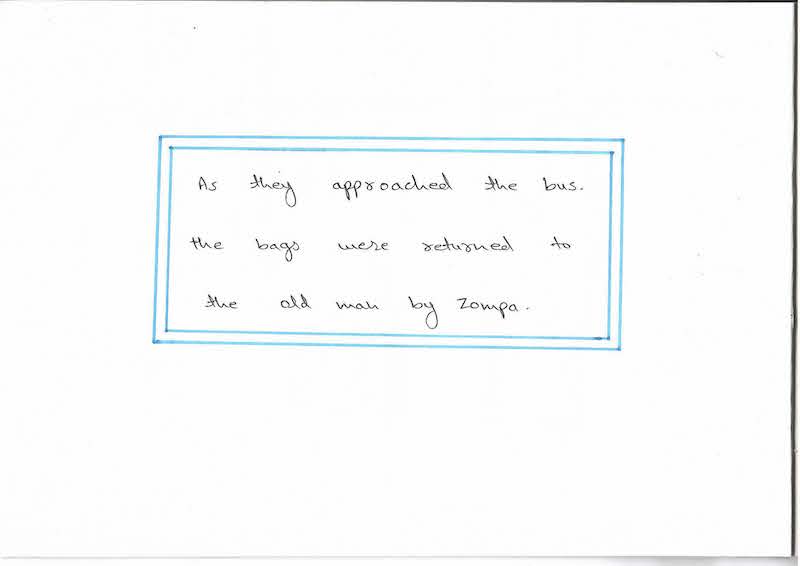Dolma Ling Nunnery and Institute in northern India is a special place.
Here are the latest photographs from Dolma Ling’s media nuns. We hope they bring you joy and help convey the impact of your support.

Dolma Ling is the first institute dedicated to higher Buddhist education for Tibetan Buddhist nuns from all traditions.
Dolma Ling was established by the Tibetan Nuns Project to educate and empower nuns of the Tibetan Buddhist tradition as teachers and leaders, and to sustain Tibetan religion and culture. It is now home to about 250 nuns. Most nuns have sponsors, but new sponsors are always needed.
The nunnery is unique because it offers a 17-year curriculum of traditional Buddhist philosophy and debate, as well as modern courses in Tibetan language, English, basic mathematics, and computer skills. The nuns also receive training in the ritual arts such as sand mandalas and butter sculpture.

In early autumn, the nuns learned and practiced drawing, including the sacred symbols of Tibetan Buddhism.
The nuns helped to build the nunnery and they work hard to maintain it. The large campus is near Dharamsala at the foothills of the Indian Himalayas, one of the wettest areas in India. In the summer of 2023, the monsoon rains were very intense.

In September, after torrential monsoon rains all summer, the nuns had to move large rocks affecting water lines.
The academic year begins in early spring after Losar, the Tibetan New Year. Throughout the year, the nuns have exams and quizzes as they pursue their degrees. The Tibetan Nuns Project aims to elevate the educational standards and the position of women within the monastic community.

Exam time at Dolma Ling! Photos by the media nuns of the July written exams. When the Tibetan Nuns Project was founded in 1987, most of the nuns escaping from Tibet were illiterate.
The ultimate goal is to empower the nuns to become teachers and leaders in their own right and to help preserve Tibet’s unique culture and religion.

On September 13th, Science for Monks and Nuns held a one-day exhibition on “Secrets of Particles” for the Dolma Ling nuns and staff. Over 100 nuns from different classes attended.
In September, Sikyong Penpa Tsering, the political leader of the Central Tibetan Administration, visited three nunneries supported by the Tibetan Nuns Project: Dolma Ling, Shugsep, and Geden Choeling Nunnery. His visits were part of his assessment tour of the Tibetan refugee community in India.

Sikyong Penpa Tsering visited Dolma Ling in September and met with Rinchen Khando Choegyal, TNP’s Founding Director and Special Advisor (center upper right) and Nangsa Chodon, Director of TNP in India (right).
The curriculum is divided into two parts: (1) secular subjects such as Tibetan language, Tibetan history, English, social sciences, mathematics, and science and (2) monastic education. The nuns have quizzes and exams and are now able to proceed through a degree-granting program.

Ancient and modern. The nuns learn sacred arts, such as making tormas, as well as computing, science, and mathematics.
In September, students from Upper TCV school (the Tibetan Children’s Village) visited Dolma Ling and learned about monastic debate from the nuns. These photos show the growing role of nuns as teachers and leaders in the Tibetan exile community.

Geshema Delek Wangmo (top photos) teaches Tibetan students from Upper TCV school about traditional Tibetan monastic debate and the importance of critical thinking and logic.
Debating is an essential part of monastic education in the Tibetan tradition and combines logical thinking with a deeper understanding of Buddhist philosophy.
In late October, dozens of nuns set off for the holy city of Bodh Gaya to attend the annual Jang Gonchoe Inter-Nunnery debate. In Bodh Gaya, they will join hundreds of nuns from nunneries in India and Nepal. The costs are funded by our Jang Gonchoe Endowment Fund. We are now fundraising for our Long-Term Stability Fund.

Nuns from Dolma Ling departing in late October to attend one month of intensive training in monastic debate. Before 1995, there was no Jang Gonchoe for nuns. Only monks had the opportunity for intensive debate training.
Thanks to your support, the Tibetan Nuns Project has created a ground-breaking education system to preserve Tibetan culture and equip and empower these dedicated women to become leaders in the modern world.

Quiz time!
“The Buddhist philosophy of tolerance and compassion has something very important to offer in a world full of intolerance and hatred… As a Tibetan, I feel it is very important that an organization like the Tibetan Nuns Project makes it possible for nuns to study and practice their religion and thus contribute to the preservation of Buddhism and the unique Tibetan culture,” said Tseten Phanucharas, TNP Board Member. Thank you for your support!

Thank you for helping the nuns!






















































































































